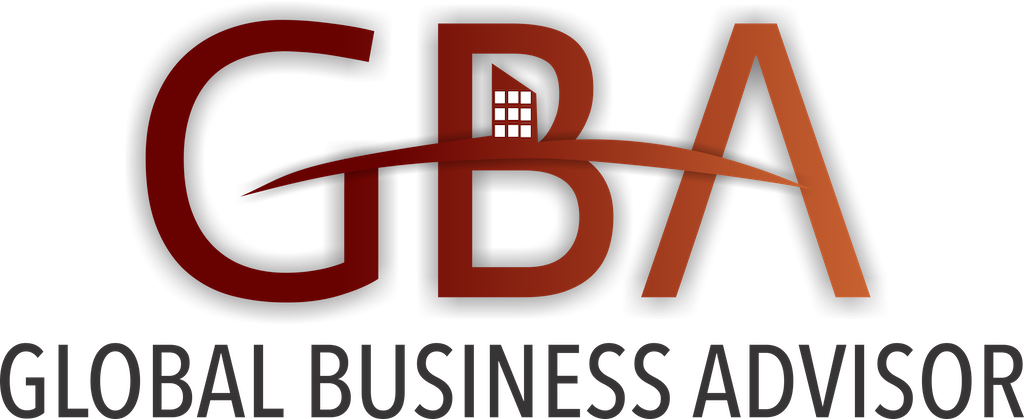Financial modelling is a key skill needed by everyone involved in corporate finance – equity analysis, company valuation, mergers and acquisitions, corporate advisory, and so on. This definitive seminar shows you best practices and how to av

Masters Training Company was established in response to the growing need for quality training to support the business community within your Company, Department or Organization by providing a high standard of Training Programs, Courses, Seminars, Workshops and Consultancy Services to employees in a very competitive business environment.
Masters is also an approved vendor from KHDA & ILM
(Institute Review)
55 years ago(Institute Review)
55 years ago
Financial modeling is one of the most sought-after skills required in today’s corporate world. The Advanced Excel with Financial Modeling course delivers a 360-degree insight into Advanced Excel and Financial Modeling techniques. This course focuses on practical learning of the concepts and train...

This five days training workshop is designed for all finance and non-finance professionals seeking to understand the techniques required to assess the value of investments and companies, as well as advise clients regarding the desirability of projects and investments.

Practical Skills in Building Financial Model of Electricity Bills

Business leaders and junior, middle or senior-level executives from any industry desiring to validate their accounting and finance knowledge make the best fit for the course

This course will build a foundation for the participants where they will learn to attain a financial perspective on the project.
© 2025 www.coursetakers.ae All Rights Reserved. Terms and Conditions of use | Privacy Policy